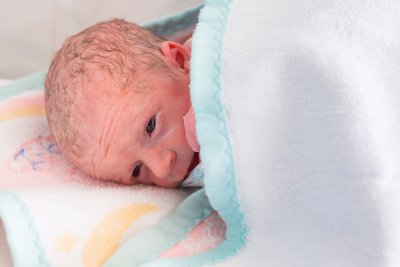News & Insights
Traumatic Brain Injuries at Birth
A birth injury in Annapolis is a devastating event for any parent. If your newborn has suffered a birth injury due to a healthcare provider’s negligence or malpractice, it is important to speak with a personal injury attorney as soon as possible. Your lawyer can help determine if you may be entitled to compensation. Continue reading to learn more about three common birth injuries, including cerebral palsy, brain injury, and spinal cord injury. 
Cerebral Palsy
Cerebral palsy is one of the most common birth injuries. Also known as CP, this birth injury is a chronic disability of the central nervous system that causes abnormal posture and irregular movement control. Sadly, cerebral palsy in an infant is sometimes the result of malpractice. When a baby’s brain does not receive enough oxygen due to a physician’s negligence during labor or delivery, the newborn has severe neurological abnormalities after birth. Oxygen deprivation occurs in 2 to 10 newborns out of every 1,000 that are born at term.
Brain Injury
Brain injuries incurred at birth make up a portion of medical malpractice cases. When head trauma occurs during delivery, an infant may suffer a brain hemorrhage or deformity. Often, traumatic brain injury occurs because a physician uses forceps too aggressively. Brain injury can also be caused by excessive traction during delivery, vacuum measures, vaginal breech deliveries, and other devices used by physicians or nurses during delivery. This birth injury is very serious and must be treated immediately.
Spinal Injury
During the delivery process, an infant may also suffer spinal cord injury. Spinal cord injury is usually incurred as a result of excessive traction or rotation. Infants may suffer from hemorrhages or edema. Sadly, spinal cord injury can sometimes lead to death, especially in cases involving the lower brainstem. An infant may also suffer from severe respiratory issues or a neuromuscular disorder. This birth injury is generally diagnosed soon after birth using MRI or CT myelography.
